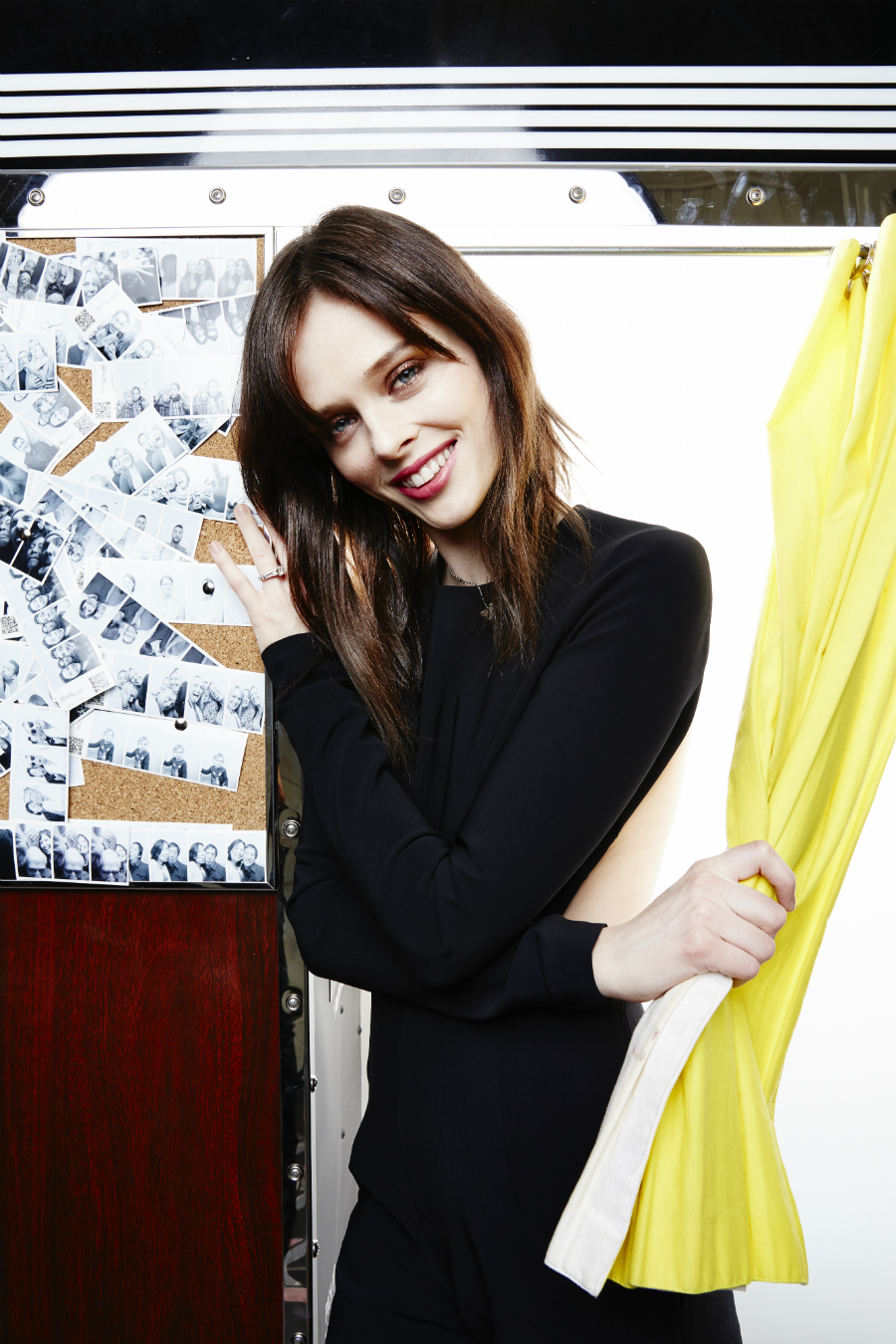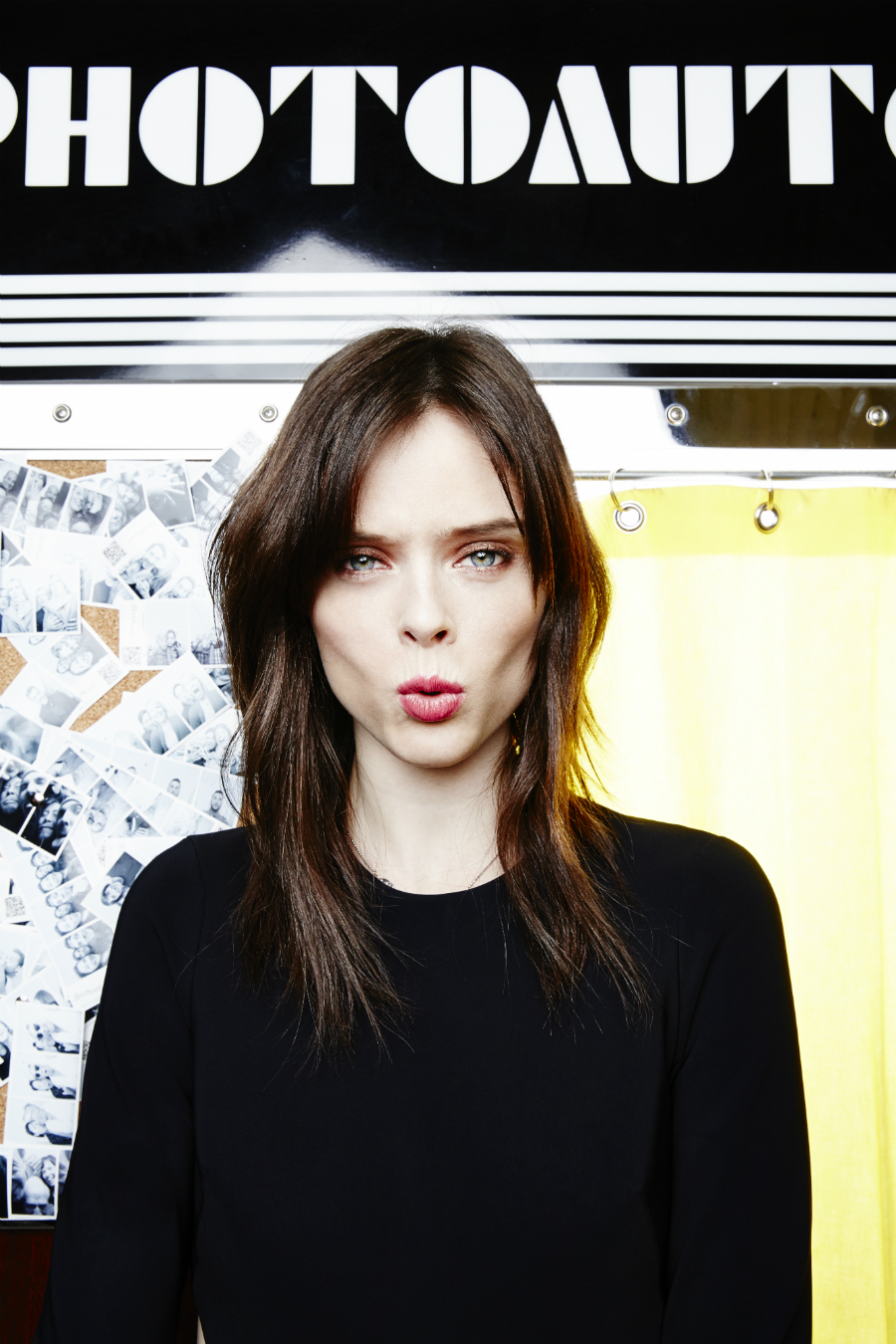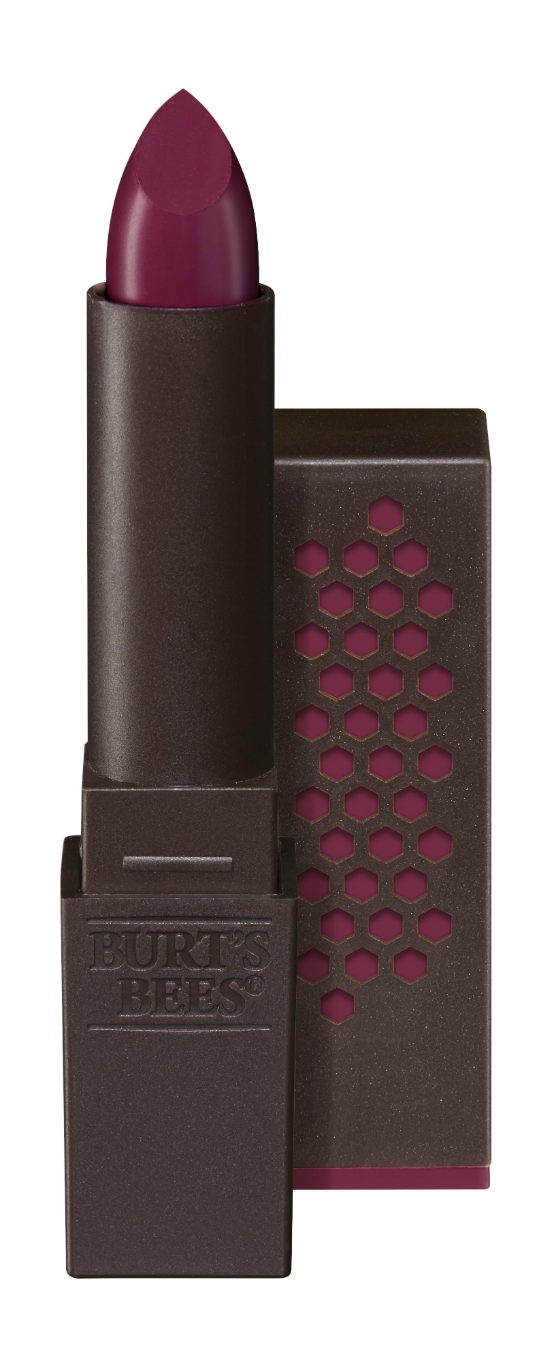Supermodels truly are, in accordance with their nomenclature, super. Beyond otherworldly facial symmetry and teetering stature, to claim their crown, candidates must also survive a fashion battle royale, outlasting the average runway lifespan of just three seasons.
At 27, Coco Rocha is already a seasoned veteran. Since stepping—or perhaps more accurately, Irish stepping—into the fashion circuit in the early 2000s, the Richmond-raised Rocha has helped usher in a new era of supermodel. In 2007, she made her first big splash by Irish dancing on Jean-Paul Gaultier’s catwalk, high-kicking into the industry’s heart (she was actually “discovered” at an Irish dance competition). After nearly 10 years, countless shows, Vogue covers, and even her own book on posing, Rocha isn’t just a model—she’s a brand.
Today, Rocha has built an empire around her craft. Aided by her growing social media aptitude, Rocha continues to expand her public influence while maintaining the graces lent by the exclusive world of high fashion. Her super-business model came as no accident; her early adoption and mastering of social media platforms established her as more than just a face. At a time when models were widely preferred to be “seen and not heard”, Rocha broke the mold, expressing herself on Twitter, Tumblr, and Instagram. “It’s changed so much since my first walk,” she says, talking from her home in Westchester. “People were telling me, ‘You’re too open, you’re telling people too much about yourself—you’re overexposed.’” Considering today’s society almost views the “overshare” as a virtue, it’s a compelling case, proving just how much things have changed for the working model.
Her latest campaign as the face of the new Burt’s Bees lipstick line has her fronting a different kind of social challenge, this one based on ethos rather than followers. Rocha, who gave birth to a baby girl just a few months ago, started looking at beauty products in a new light. “From day one I tried my hardest to avoid harming her,” she says of her child. “Some people might think that’s pretty ridiculous, but you want to give them the best start possible, and that meant changing products.” Made with natural ingredients in a swath of bright and bold colours, it’s an easy fit for Rocha: equal parts sensibility and style.
“If you look out on the runway and look at the models that we love and adore, they are older, they do have different body types, different skin colours.”
She has long been a model for advocacy. In the midst of what American Vogue dubbed “The Coco Moment” during the late 2000s, Rocha was on the front lines, fighting for models’ autonomy and rights. Early on, she aligned with causes such as The Model Alliance, a group that headed a bill which was signed into effect by then-New York governor Andrew M. Cuomo, establishing a set of protections for models including provisions for those below 16 years of age. “It’s hard for me to judge and say if it has changed,” says Rocha, reflecting on the current conditions for workers. “I’m not 100 per cent sure if there as been a lot of change. But if you look out on the runway and look at the models that we love and adore, they are older, they do have different body types, different skin colours; tall, short, medium. I think by just observing and looking at the girls everyone loves, they have personality, they have followers, and they don’t all look the same. I feel like when I started modelling there was this stereotype of what a model should look like. From my time to now, it has definitely changed.”
Looking at the runways today, it’s easy to see how influential Rocha has been. The process to become a model is now so intrinsically connected to a social presence that Rocha acknowledges even she might not have been able to compete in the very game she invented: “I think if I was a model starting off today, it would be a lot different. I don’t know if I would have the career I have now. Especially since now, social media and your followers mean so much to clients—so much to the point where you can’t even get a casting if you don’t have a minimum or a certain amount of followers.” She continues, “It’s harder to be from obscurity and get into the top 10. But that’s just how it is, and I’m totally fine with it, too. Girls are still working.” From the catwalk to the timeline, Rocha is equipped for whatever change comes next.
__________
Read more fashion stories here.












